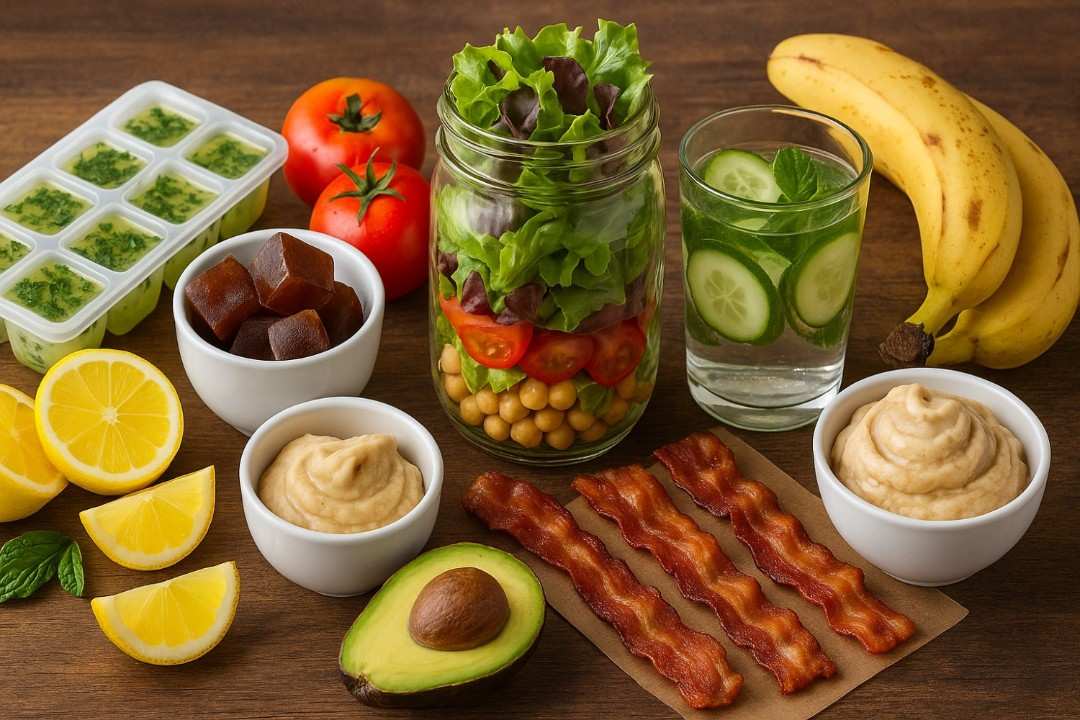From saving time in the kitchen to enhancing flavors in unexpected ways, clever culinary hacks can transform everyday eating and drinking. By combining simple tools, fresh ingredients, and a touch of ingenuity, it’s possible to elevate both taste and presentation without complicated techniques. These practical, creative tips not only make food preparation more efficient but also help reduce waste and encourage experimentation with flavors and textures.
1. Freeze Herbs in Olive Oil

Freezing fresh herbs in olive oil preserves flavor and aroma far better than air-drying. Chop herbs like basil, rosemary, or thyme, place them in ice cube trays, and cover with extra virgin olive oil before freezing. These cubes can be dropped into soups, stews, or sauté pans, instantly adding freshness.
Compared to freezing herbs in water, oil helps prevent oxidation and freezer burn, maintaining vibrant color and potency for months. This method is particularly useful for seasonal herbs that may be unavailable during winter. (source)
2. Use a Mason Jar for Salad Layering
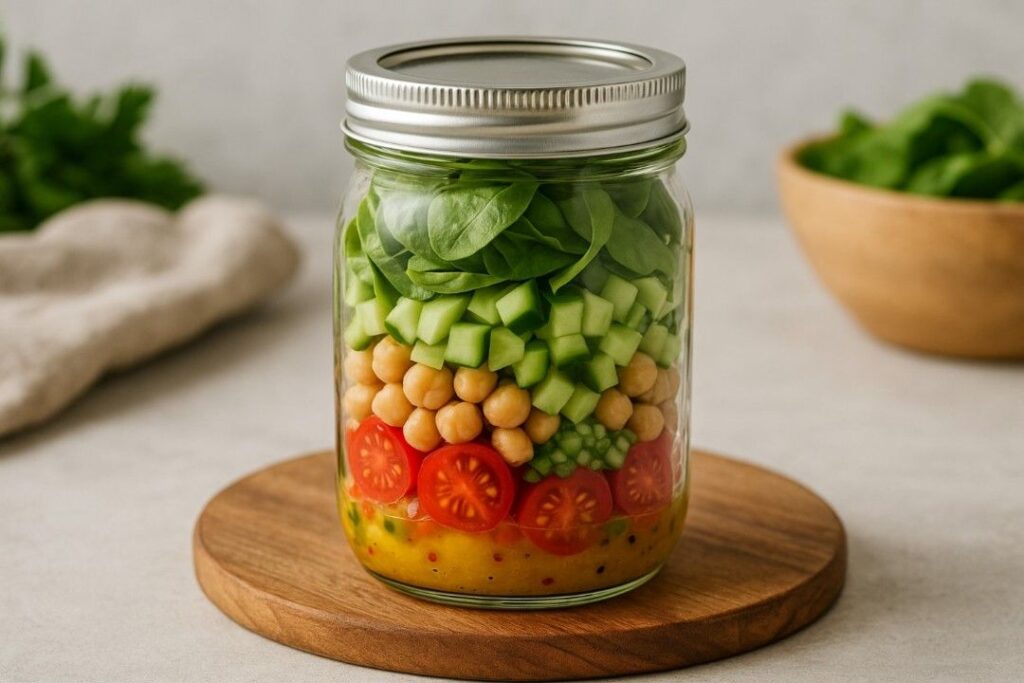
A mason jar creates an airtight environment that keeps salads fresh for up to five days. Layering is key: start with dressings at the bottom, followed by firm vegetables like carrots and cucumbers, proteins such as beans or chicken, then softer ingredients like tomatoes, and finish with leafy greens on top.
This method prevents sogginess by keeping delicate ingredients away from moisture. Compared to plastic containers, glass jars are non-porous and preserve flavor better while being eco-friendly.
3. Revive Stale Bread with Steam
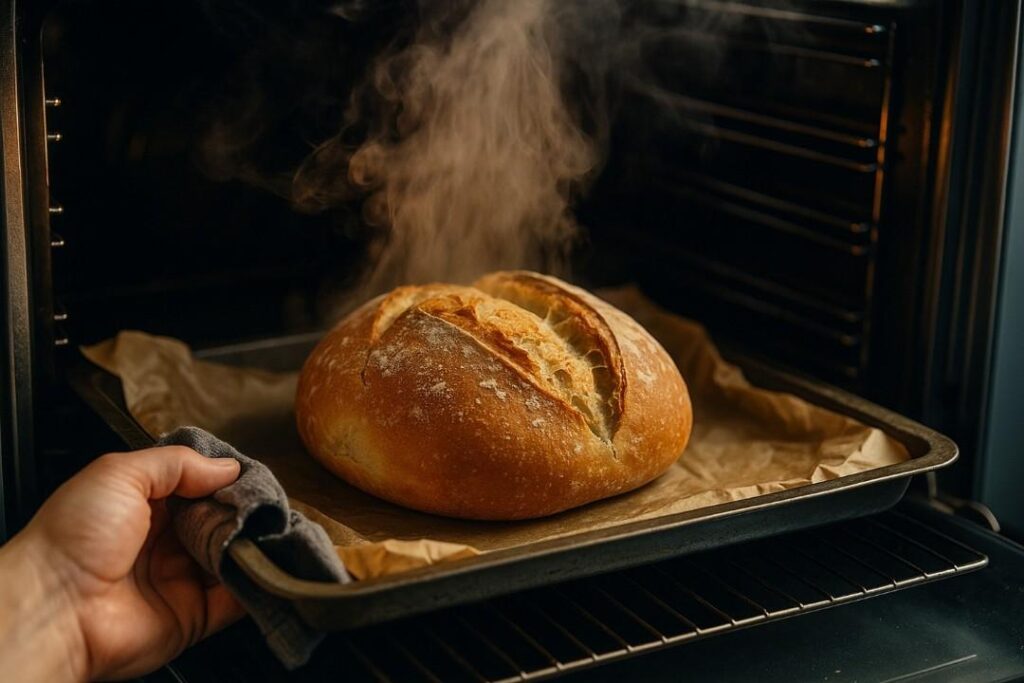
Stale bread can be brought back to life using steam instead of discarding it. Lightly dampen the crust with water, place the loaf in a preheated oven at 350°F for about 10 minutes, or wrap it in foil and steam over boiling water for a few minutes. The moisture reactivates starch molecules, restoring softness and texture. This approach works better than microwaving, which often leaves bread rubbery.
4. Freeze Coffee for Iced Drinks

Brewing coffee and freezing it into ice cubes prevents dilution in iced lattes or cold brew. Simply pour cooled coffee into ice trays and freeze. When added to milk or chilled coffee, the cubes melt without watering down the drink, preserving flavor intensity. This hack also works with tea for iced versions. Compared to adding regular ice, this keeps drinks robust from first sip to last.
5. Use Citrus Zest for Flavor Boosts
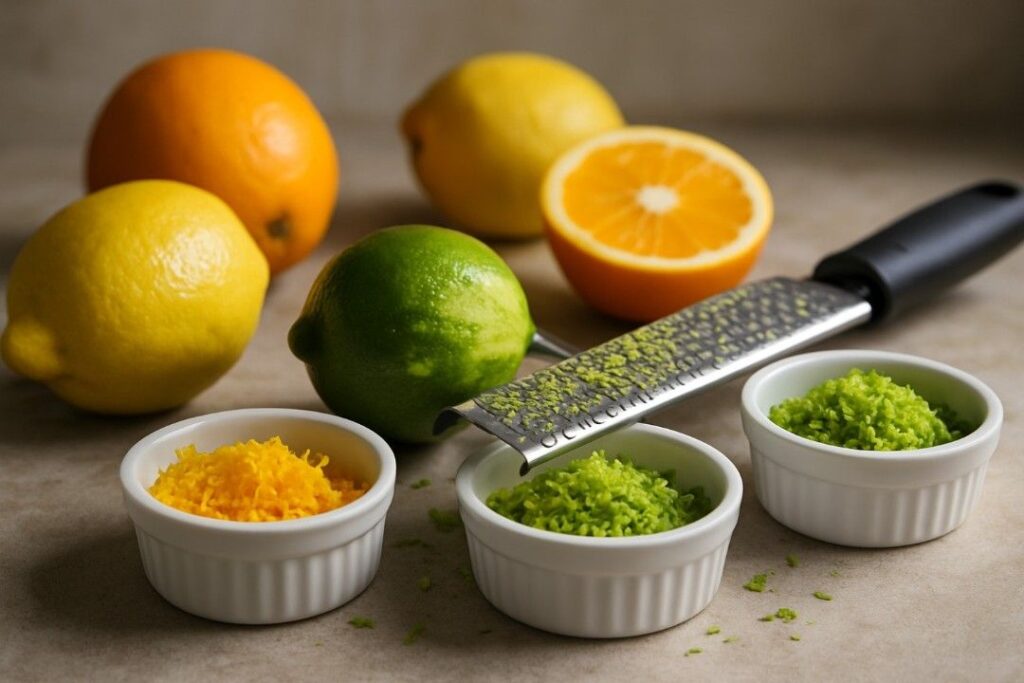
Citrus zest contains concentrated essential oils that add brightness to both sweet and savory dishes. Use a microplane to remove only the colorful outer layer, avoiding the bitter white pith. Lemon zest can enhance roasted vegetables, orange zest elevates baked goods, and lime zest complements seafood. Unlike juice, zest infuses flavor without altering texture or acidity. (source)
6. Turn Overripe Bananas into Ice Cream
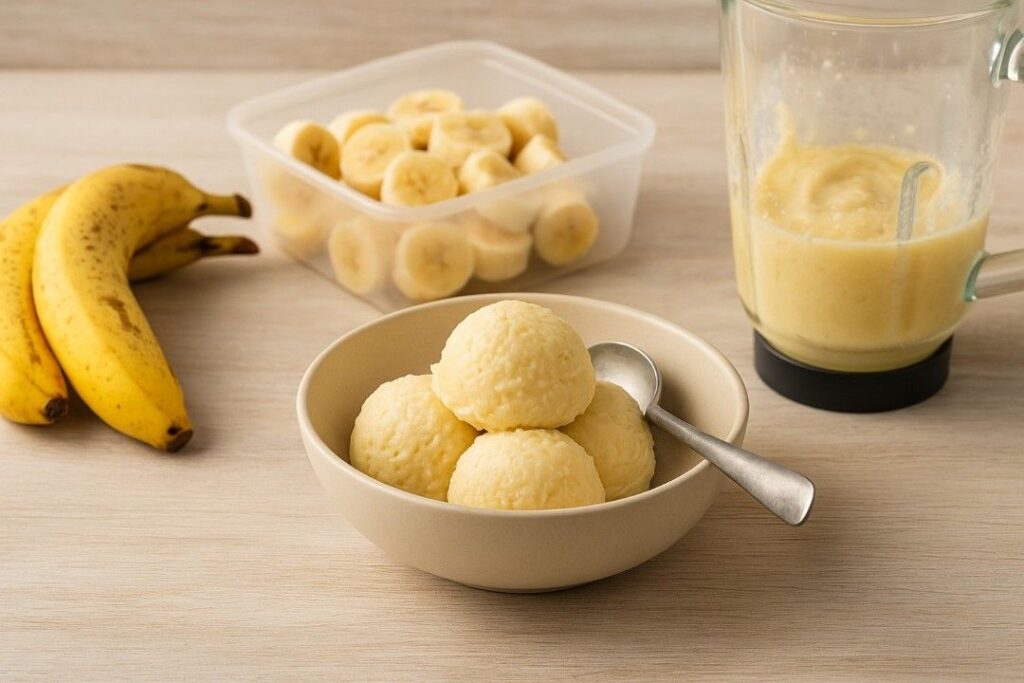
Frozen overripe bananas can be blended into a creamy, dairy-free ice cream alternative. Peel, slice, and freeze bananas, then blend until smooth. The natural sugars intensify during ripening, giving a sweet flavor without added sugar. Customize by adding cocoa powder, berries, or nut butter. This method avoids food waste and offers a healthier dessert option compared to processed ice cream.
7. Keep Avocados Fresh with Onion
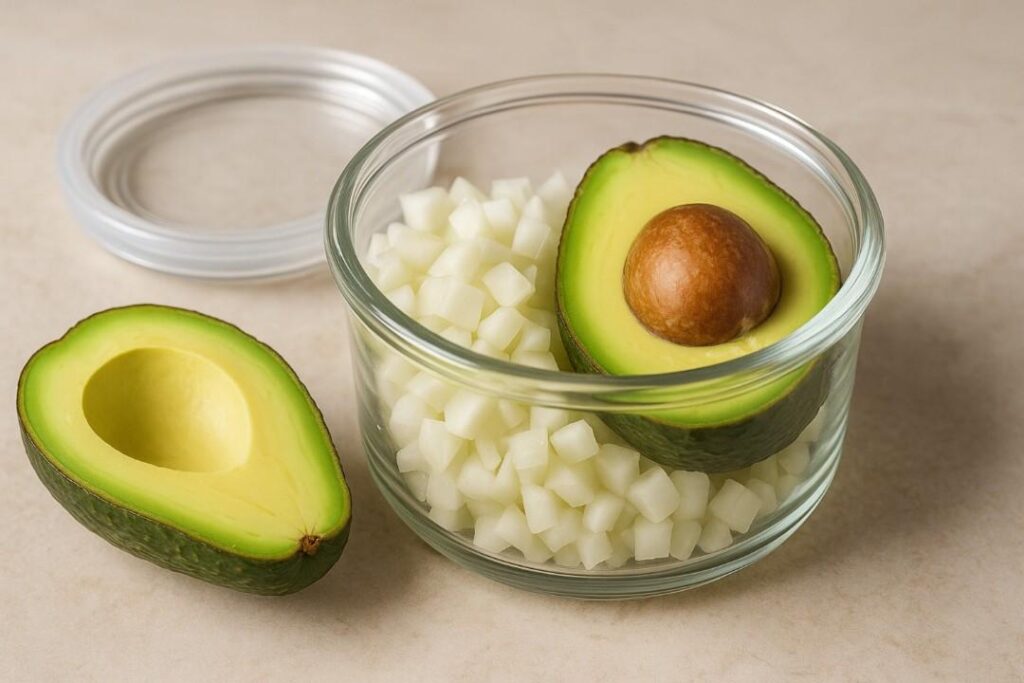
Placing sliced avocado in an airtight container with chopped onion slows browning. The sulfur compounds released by onion act as a natural preservative, inhibiting oxidation. This works better than lemon juice for longer storage, as it doesn’t alter the avocado’s flavor. However, the onion scent may transfer slightly, so this hack is best for guacamole or savory uses.
8. Use Ice Water for Crisp Vegetables
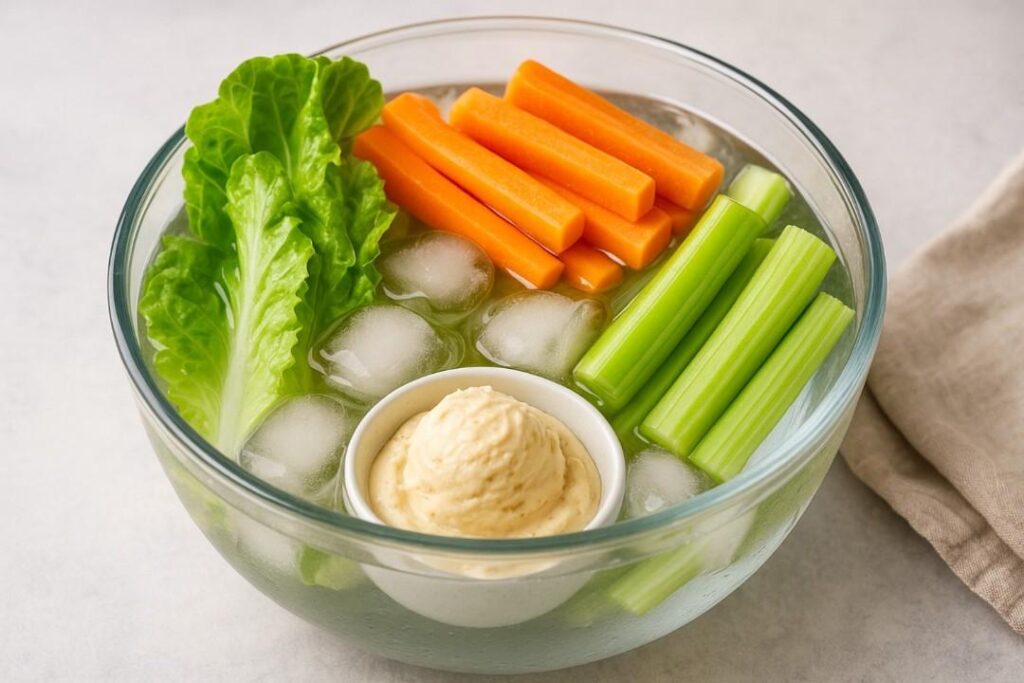
Submerging limp lettuce, celery, or carrots in ice water for 15–30 minutes restores crispness. Cold water rehydrates plant cells through osmosis, improving texture and appearance. Compared to refrigeration alone, ice water reactivates turgor pressure more effectively, making vegetables taste freshly harvested. (source)
9. Bake Bacon in the Oven

Cooking bacon in the oven yields evenly crisp slices without the mess of stovetop splatter. Lay strips on a parchment-lined baking sheet and bake at 400°F for 15–20 minutes. This method allows rendering of fat without overcooking, and the even heat distribution makes it more consistent than pan frying. The rendered fat can be saved for cooking other dishes.
10. Infuse Water with Fresh Ingredients
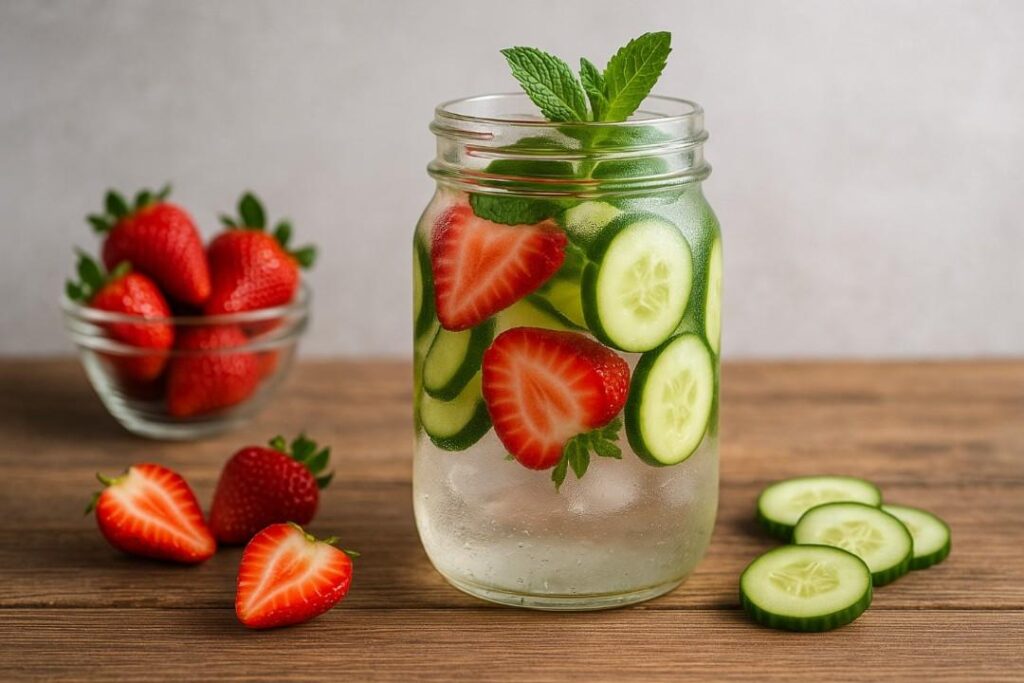
Adding herbs, fruits, or vegetables to water enhances flavor naturally. Combinations like cucumber-mint, lemon-basil, or strawberry-lime provide refreshing alternatives to sugary drinks. Let ingredients steep for at least two hours in the refrigerator for best results. Compared to flavored water products, homemade infusions avoid artificial additives and allow creative customization. (source)
11. Use a Microwave to Peel Garlic

Microwaving garlic cloves for 10–15 seconds loosens their skins, making peeling effortless. Heat causes moisture inside the clove to create steam, separating the skin from the flesh. This technique is faster than manual peeling and avoids sticky fingers. It also works for small batches without altering flavor.
12. Preserve Lemons with Salt
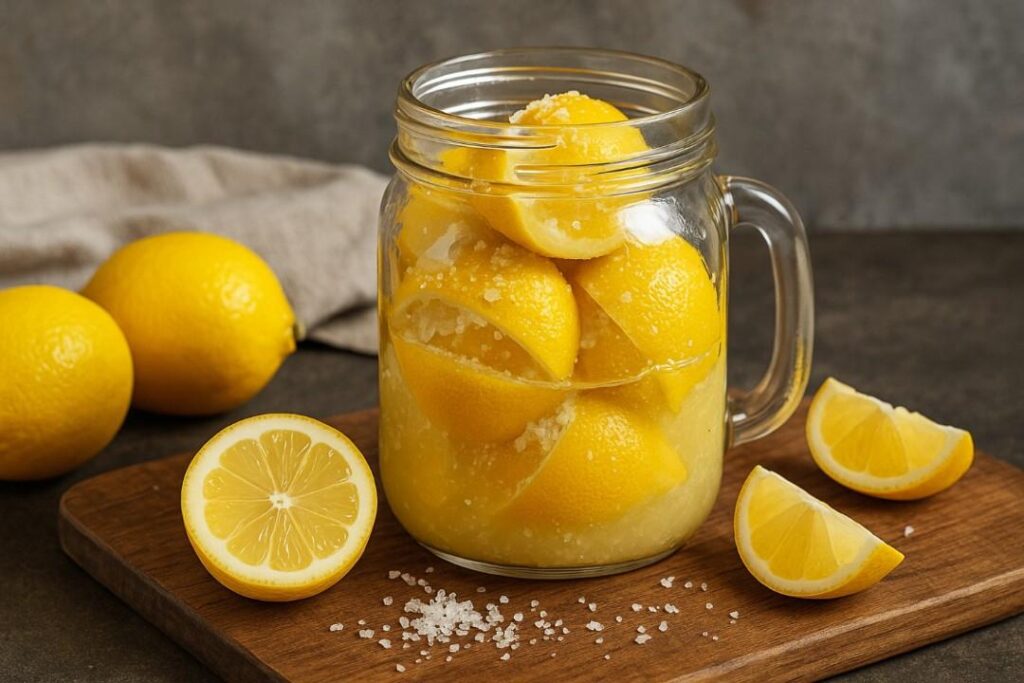
Packing lemons in salt draws out moisture and intensifies flavor, creating preserved lemons with a tangy, fermented taste. Slice lemons partially into quarters, fill with coarse salt, and pack tightly in a jar with more salt and juice. After a month, the peel becomes tender and aromatic. This preservation method, common in Moroccan cuisine, extends lemon shelf life significantly. (source)
13. Whip Cream in a Mason Jar
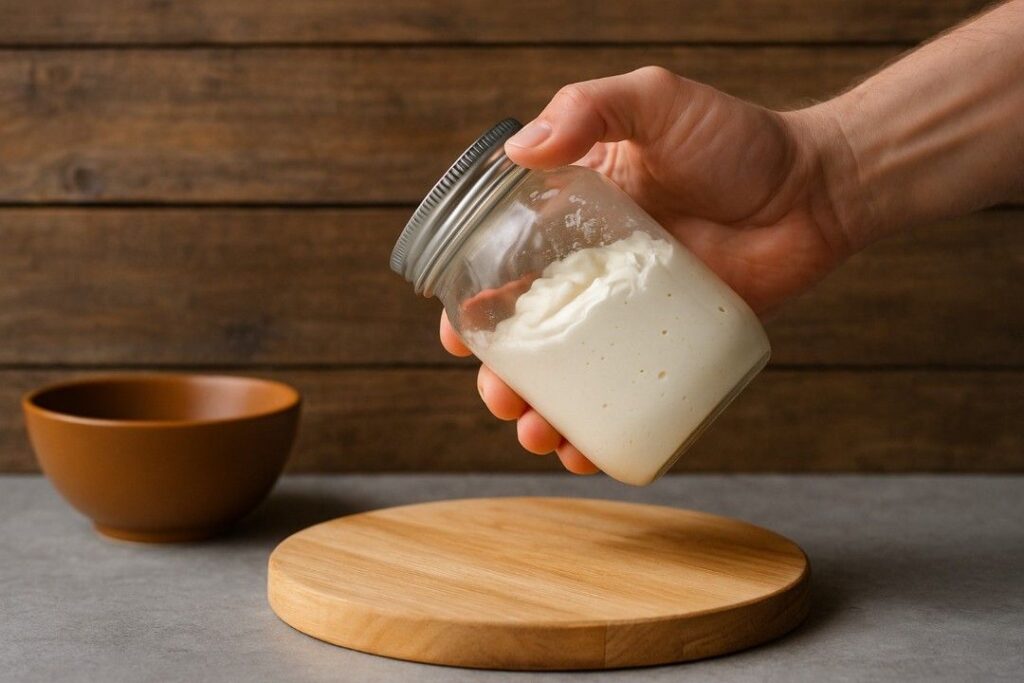
Filling a chilled mason jar halfway with heavy cream and shaking vigorously for 3–5 minutes produces fresh whipped cream without electric mixers. The mechanical agitation incorporates air, thickening the cream. This is convenient for small servings and ideal for picnics or camping where electricity isn’t available. Compared to store-bought, it’s free from stabilizers and additives.
14. Use Rice to Rescue Wet Electronics
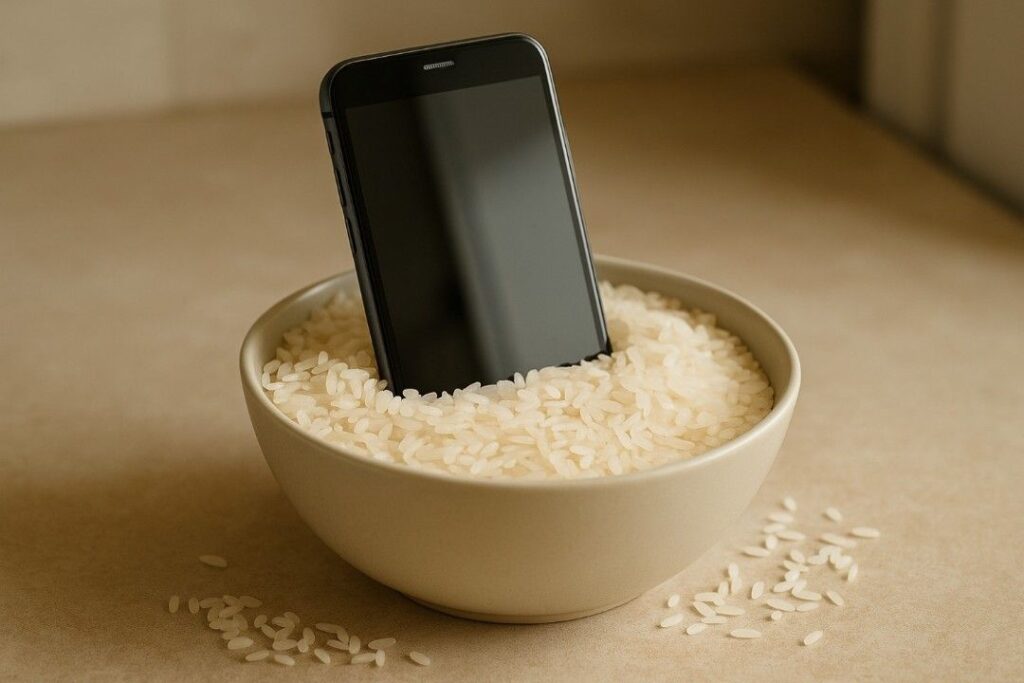
If a recipe spills on a phone or kitchen timer, placing the device in uncooked rice for 24–48 hours can help absorb moisture. Rice acts as a desiccant, drawing out water from small crevices. While not guaranteed, it is often more effective than air drying alone. This hack is particularly useful for water-resistant devices after light exposure.
15. Make Smoothies in Freezer Bags
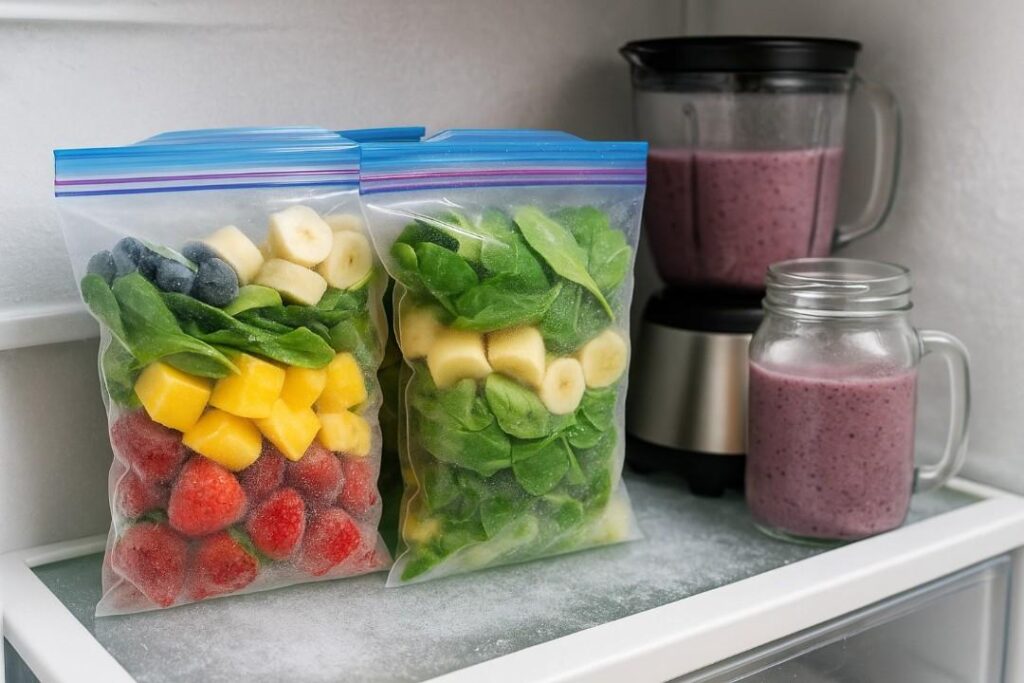
Pre-portioning smoothie ingredients in freezer-safe bags streamlines morning routines. Combine fruits, greens, and add-ins like chia seeds or protein powder, then freeze. When ready, empty into a blender, add liquid, and blend. This method reduces prep time, minimizes waste, and maintains nutritional value by freezing produce at peak ripeness. Compared to buying pre-made smoothies, it’s more cost-effective and customizable. (source)

